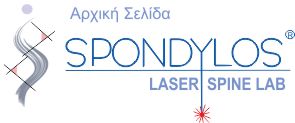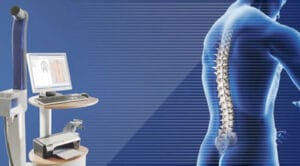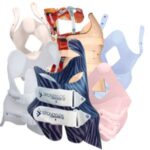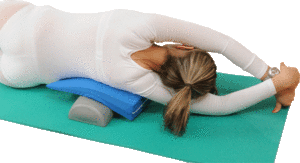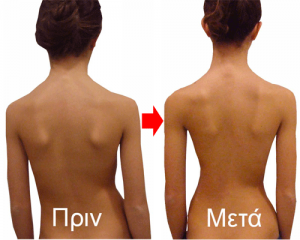
What is the best brace choice for my child?
The best brace for a child will depend on the needs of both the child and the family. How easy it is to wear the brace, how active the child is, if the brace is seen through the clothes and the psychological effect of the treatment, everything should be taken into account in the choice. It will also depend on the experience of the patient team.
The Scientific Society for the Treatment of Scoliosis (SOSORT) (International Society on Scoliosis Orthopedic and Rehabilitation Treatment), recommends that each treatment team should provide the brace who knows best * and is better prepared to manage it.
* Of course, this does not mean that if a lab or doctor suggests an old-fashioned brace because he knows better, it should be accepted by parents.
How long should she wear it?
The brace should be worn until the patient stops growing. Some patients may wear their brace even after they have stopped growing by applying the SPONDYLOS post-adolescent program, applying the brace for 8 hours after performing the exercises.
This can help improve posture, scoliosis and spine balance. Typically, adolescents wear brace for an average of 26 months, while minor patients (aged 4 to 10 years) may need treatment for many years.
Why is the brace SPONDYLOS-Rigo-Cheneau not offered at the special center that monitors me?
The choice of brace offered by the laboratory as suggested, depends on the experience of the technicians in this brace. But your orthopedic specialist may not have experience with these types of braces. So he suggests a brace who knows better and knows how to handle it well, even if it is old and outdated.
Do braces place restrictions on what they can do?
Braces should not restrict what a patient can do and should allow children to continue to play and exercise. There is evidence that if a child wears a brace, he is more effective if the patient is very active.
In fact, their habits can change when they wear a brace. Affecting the patient’s movement may mean that they do not want to wear their brace as recommended.
It is important to choose a brace who feels comfortable enough to apply it for the recommended number of hours per day, otherwise it will not do its job.
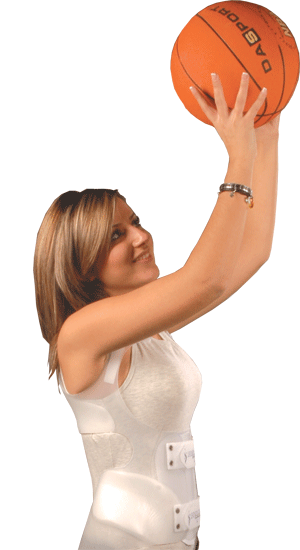
Will he have a problem wearing the brace at school?
Wearing a brace should not affect a child at school. However, there may be times when the child needs to be seen by a specialist psychologist or he can talk to his doctor, the technician who built the brace or a physiotherapist
Sometimes, young people worry about their classmates who see their brace and the effect it will have on their school and social life. Most teens, between the ages of 12 and 15, who go through a phase of creating a sexual identity feel uncomfortable wearing a brace at school and have no problem wearing it outside of school. Rejecting them from school groups and their idols, prevents them and makes them react badly.
The feeling that the brace is not visible through the clothes is crucial in choosing a brace.
Nevertheless, it is of the utmost importance for the patient to wear the brace, if it is the treatment of choice.

Is the application of a brace effective?
The choice of brace depends on many factors such as:
- the type of brace and how much it affects the reduction of the scoliosis angle
- the hours applied by the child
- the exercises for scoliosis that he should do daily
- the steadily increasing pressures at the points of the curve.
Overall, the main goal of each brace is to stop the angle from growing until the patient stops growing and of course in some types of braces such as the Rigo-Cheneau, the goal is to reduce the initial angle by the half.
Research has shown that braces (even older ones) have helped to prevent some scoliosis from getting worse, preventing some patients from needing surgery.
However, it is important to remember that treatment is more successful if the brace is applied for more than 20 hours each day.
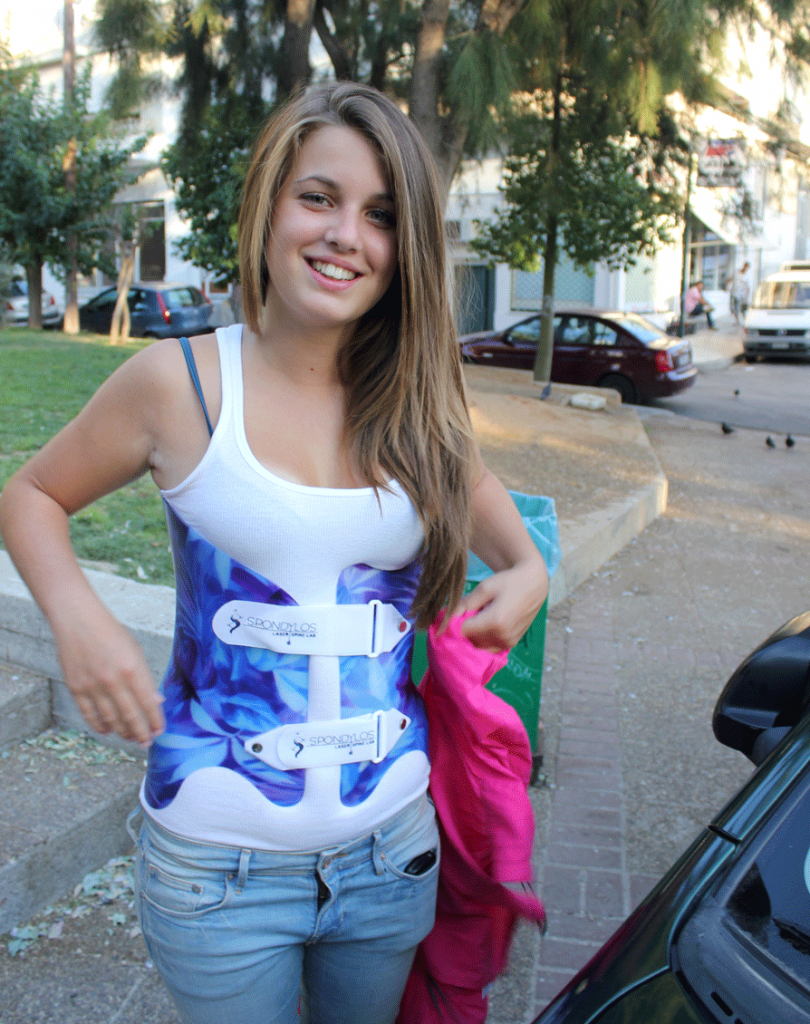
What will happen after the removal of the brace, will the scoliosis increase?
Thinking about what happens after the removal of a brace is important. Some braces seem to have a longer lasting effect than others. However, maintaining the result with exercises, as is done in SPONDYLOS, makes the final result last a long time.
Brace therapy, without special exercises, can lead to pain and muscle inactivity.
It is also difficult to make sure a child or teen wears a brace for the recommended amount of time.
Patients should be included in discussions about treating their scoliosis.
It is important that all options are available to patients and that their decision to just watch a scoliosis progress, apply a brace, or have surgery is their own.
But should the risks and benefits of each of the options are explained to them.
